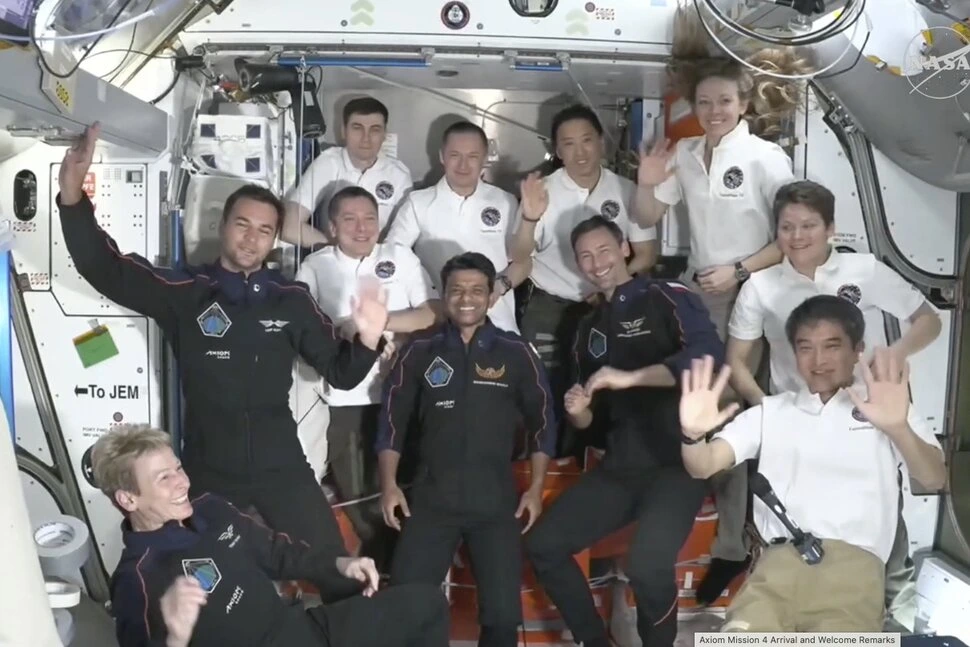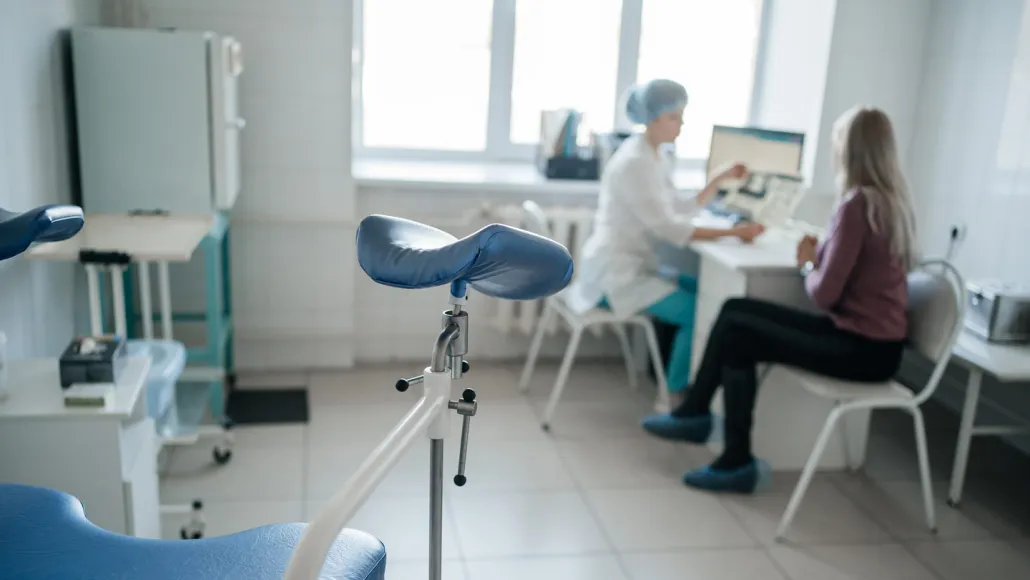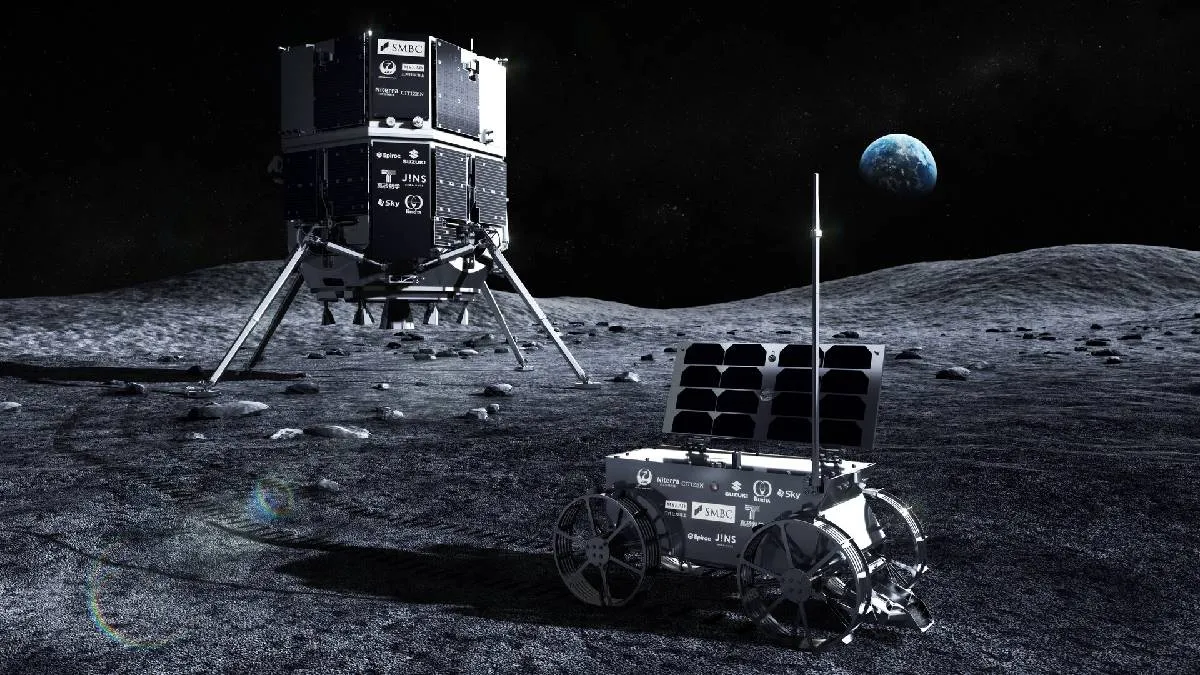First Astronauts From India, Poland, and Hungary Arrive at International Space Station
The International Space Station marked a historic milestone with the arrival of astronauts from India, Poland, and Hungary — the first representatives from their countries to live and work aboard the orbiting laboratory.
In a groundbreaking moment for international space collaboration, the International Space Station (ISS) has welcomed its first astronauts from India, Poland, and Hungary, marking a historic expansion in global participation in space exploration. The trio arrived aboard a SpaceX Crew Dragon capsule, launched as part of a special mission coordinated by NASA, SpaceX, and their international partners. Their mission, known as Expedition 72, aims to enhance scientific research aboard the ISS and deepen global cooperation in human spaceflight.
The astronauts — Rakesh Sharma II from India (no relation to the 1984 cosmonaut of the same name), Aleksandra Nowak from Poland, and Balázs Farkas from Hungary — were greeted by the current ISS crew after successfully docking and boarding the station. Their arrival was met with celebration and symbolic gestures, including the unfurling of their respective national flags inside the Destiny laboratory module. Expanding the Global Footprint in Orbit For decades, the ISS has symbolized peaceful scientific cooperation among nations.
While the United States, Russia, Japan, Canada, and European countries have long maintained a steady presence aboard the station, this latest crew represents a widening of international participation, giving new nations an opportunity to share in the research, operations, and legacy of space science. India’s space agency, ISRO, has made significant progress over the past decade, with successful missions to the Moon and Mars. However, sending a citizen to live and work aboard the ISS is a first for the nation and comes amid growing global interest in India’s rapidly expanding space capabilities.
Similarly, Poland and Hungary — both members of the European Union — have contributed to various ESA programs over the years, but this marks the first time either country has sent a national to reside on the ISS as a full mission participant. “This mission shows how human spaceflight is becoming truly international,” said NASA Administrator Bill Nelson. “We are proud to support new partners in their space exploration journey, and this mission will benefit humanity as a whole.
” Training and Mission Objectives All three astronauts underwent rigorous multinational training, coordinated between NASA’s Johnson Space Center in Houston, ESA’s astronaut center in Germany, and partner facilities in India, Poland, and Hungary. The trio will spend approximately six months aboard the ISS, contributing to hundreds of experiments across fields such as microgravity biology, materials science, and atmospheric physics. Among their tasks: India’s Sharma will lead experiments related to plant growth in zero gravity, aimed at supporting future lunar and Mars missions.
Poland’s Nowak, an aerospace engineer and physicist, will collaborate on studies examining the effects of radiation exposure on human cells — research that could support deep-space travel and cancer therapies on Earth. Hungary’s Farkas, a medical doctor, will monitor human physiological responses during long-duration missions, building on Hungary’s existing biosciences expertise. They will also participate in routine maintenance, spacewalk preparation, cargo operations, and STEM outreach broadcasts to schools in their home countries.
Diplomatic and Cultural Significance The arrival of these astronauts is more than scientific; it is deeply symbolic. For India, it serves as a major step ahead of the nation’s ambitious Gaganyaan human spaceflight program, which is expected to launch India’s first indigenous astronaut into low Earth orbit within the next two years. For Poland and Hungary, it reinforces their roles within the European space ecosystem and highlights their growing investments in aerospace education and innovation.
Families of the astronauts gathered at Kennedy Space Center in Florida to witness the launch, waving flags and watching live video feeds as their loved ones soared into orbit. “It’s a proud day for every Indian,” said India’s Prime Minister during a live address. “We are not just looking at the stars anymore — we are becoming a part of the global effort to explore and understand them.
” Growing Momentum for Inclusive Spaceflight This mission represents a broader shift in the space community. As commercial providers like SpaceX lower launch costs and space agencies expand their partnerships, the barrier to entry for human spaceflight is decreasing. Countries that once lacked the budget or technological infrastructure to send humans to space can now train astronauts and participate in missions through international collaborations.
The success of this flight could pave the way for more nations to join crewed missions, and may influence future crew assignments on the NASA-led Artemis lunar missions and even Mars programs. “It’s no longer just about who has a rocket,” said Dr. Elena Martinez, an ISS program analyst.
“It’s about who has ideas, capabilities, and the will to contribute to humanity’s greatest scientific frontier. ” Welcome Aboard: Crew Interactions and Next Steps Upon entering the ISS, the astronauts shared handshakes, hugs, and wide smiles with their fellow crew members, including representatives from the United States, Japan, and Russia. A brief joint press call featured each astronaut offering greetings in their native languages and reflecting on the profound moment.
Nowak described her feelings as “a mixture of pride, humility, and wonder. ” Sharma said, “We are orbiting Earth, but it’s Earth that unites us here. ” Farkas added that he felt “deeply honored to represent Hungary in the heavens.
” Their first week on station will be spent acclimating to microgravity, participating in safety drills, and configuring equipment for their planned experiments. Looking Ahead This mission sets the stage for future partnerships, including expanded opportunities under NASA’s Commercial Crew Program, the European Space Agency’s Gateway initiative for lunar orbit, and joint research on planetary habitability. The astronauts are scheduled to return to Earth in December, splashing down aboard the same Crew Dragon capsule in the Atlantic Ocean off the Florida coast.
But their impact will extend far beyond their six-month journey. Their presence aboard the ISS is a symbol of science without borders — a powerful reminder that while our feet may stand on different continents, our aspirations can soar together into space.
5th July 2025



